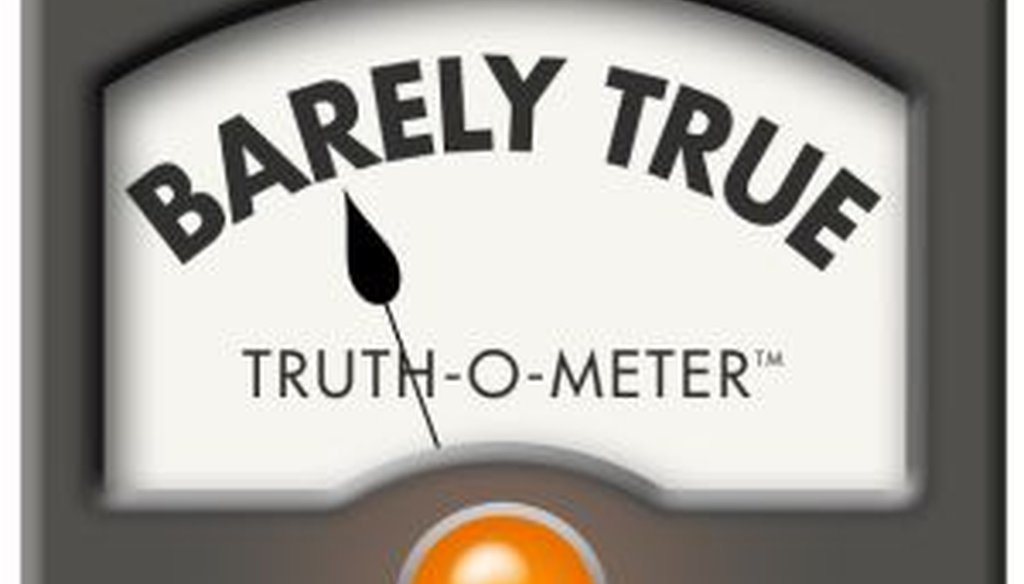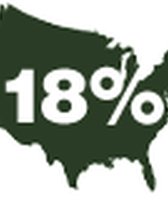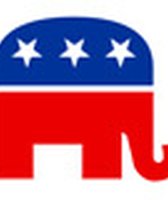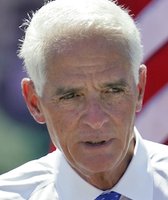Stand up for the facts!
Our only agenda is to publish the truth so you can be an informed participant in democracy.
We need your help.
I would like to contribute

We are considering retiring Barely True and replacing it with Mostly False.
When we created the Truth-O-Meter four years ago, our goal was to rate political claims on a meter that showed declining levels of truth. On a scale of True to False, we made the middle levels Mostly True, Half True and Barely True. We created Pants on Fire for the most ridiculous falsehoods.
Over the years, we've gotten lots of feedback about the rating system. Our readers love the Truth-O-Meter and particularly Pants on Fire. But there's not much love for Barely True.
One notch above False, it is the rating we use for statements that have a small amount of truth but otherwise exaggerate or distort. The definition is, "The statement contains an element of truth but ignores critical facts that would give a different impression."
Many PolitiFact readers have criticized Barely True because they say it puts too much emphasis on "true" when the rating actually describes something without much truth. Many people have suggested we change the rating to Mostly False.
Indeed, there have been some misunderstandings and outright distortions of Barely True.
A few weeks ago, for example, PolitiFact Ohio awarded a Barely True to the National Republican Congressional Committee for claiming that U.S. Rep. Betty Sutton "and her fellow Democrats went on a spending spree and now their credit card is maxed out." The NRCC's point was that Sutton and the Democrats supported the economic stimulus and other expensive programs that create large deficits and have forced Congress to keep raising the debt limit.
PolitiFact Ohio found a small amount of truth in that claim -- the Democrats did support those programs -- but that the NRCC was ignoring the many other spending and tax votes supported by Republicans that have put the nation in debt.
After the article rating was published, the NRCC responded with a press release that illustrates how the Barely True can be distorted. The Republican group's news release said, "POLITIFACT OHIO SAYS TRUE: ‘Betty Sutton and Her Fellow Democrats Went On A Spending Spree And Now Their Credit Card Is Maxed Out.’"
Of course, PolitiFact Ohio had not called it True. The NRCC was grossly distorting the rating, which prompted a new rating from PolitiFact on the NRCC's characterization: Pants on Fire.
After hearing so many complaints about Barely True over the years, that episode was a key moment in our thinking about Barely True. We think it might be time for a change.
So we are considering changing the rating from Barely True to Mostly False. We're increasingly convinced that our existing approach does in fact put too much emphasis on "true." We think Mostly False might be a better description.
We'd like to hear what you think. Please e-mail us at [email protected] or post your comments about this story on our Facebook page. We'll consider them and will announce our decision in the next couple of weeks.
Our Sources
Lots and lots of e-mails from people complaining about Barely True, and an editor at PolitiFact Texas who wouldn't give up.




















































